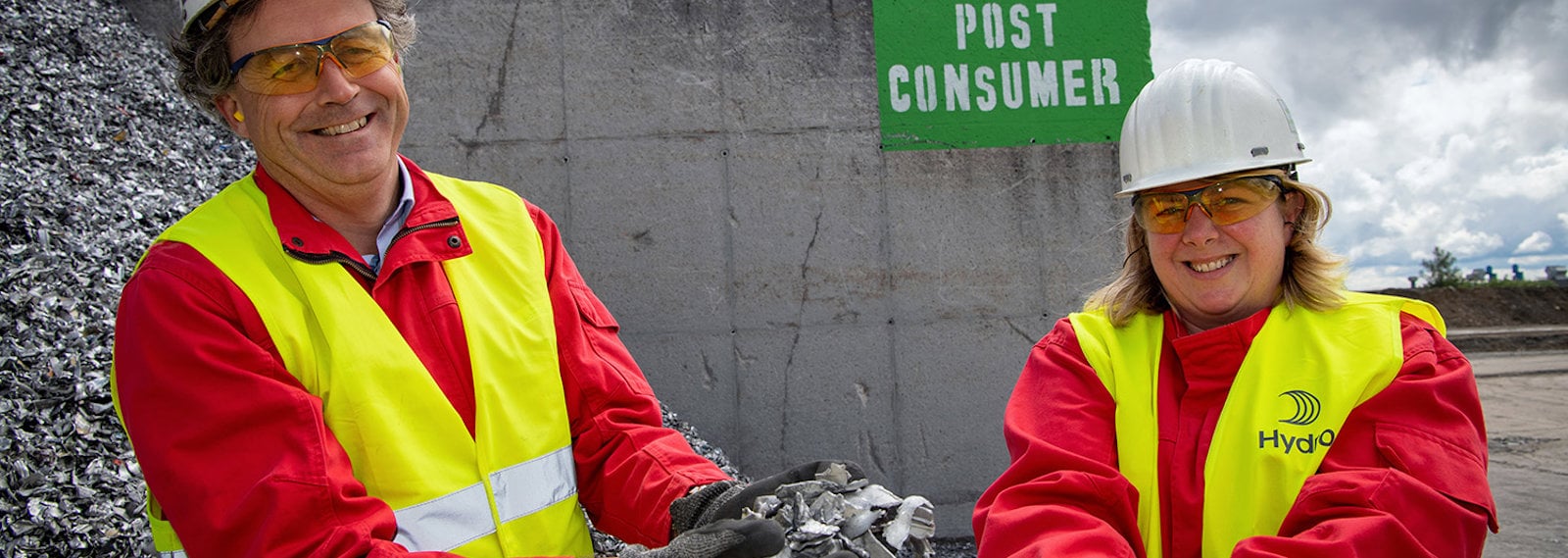From cookies to carbon: Exploring the link between recycling and calories
Consumers are holding businesses increasingly accountable for their environmental impact, meaning transparency and consistency in reporting methods is even more important.
From organic foods to tire sizes, many industries have developed standardized certifications and reporting methods, but the metals industry is still at odds on how to calculate emissions from recycled aluminium scrap. This discrepancy is driving greenwashing, distorting market prices for truly greener products, and contributing to lack of transparency and misinformed consumers.
Aluminium scrap can usually be categorized into one of two types: pre-consumer scrap, which is scrap produced during the aluminium production and extrusion process, or post-consumer scrap, which is scrap that has lived its life as a product already – whether from a car, window, can or something else. Most agree that post-consumer scrap has a carbon footprint of zero, and when reused, just the emissions used to remelt it into usable ingots.
The problems begin when we try to calculate the emissions of pre-consumer scrap. Some producers may put the entire emissions footprint onto the final extruded product, leaving the scrap “emission free.” This allows the scrap to be remelted and marketed as zero or low-carbon aluminium, when in fact, it is not, its emissions have just been moved elsewhere. This tactic has the tendency to drive greenwashing and unlevel the playing field for those that try to use mostly post-consumer scrap.
Why does it matter?
- We believe in incentivizing more collection of post-consumer scrap for the good of the circular economy and minimizing production of pre-consumer scrap where possible. Labeling pre-consumer scrap as “emissions-free” detracts from this incentive to improve recycling and sorting of products after use.
- Post-consumer scrap is better for the environment but difficult to collect, making it often more expensive. When companies that want to create truly greener offerings using more expensive, low-carbon aluminium from post-consumer scrap must compete against companies cheaper, pre-consumer scrap labeled as “emissions-free,” the market becomes unfair, and companies are no longer incentivized to use the greener material.
- Without a common industry standard for reporting, consumers are not able to easily determine the true footprint of their materials and therefore of their products using the materials – making carbon footprint calculations across many industries that rely on aluminium undependable.
We’re making complex problems simple by being transparent on our own impact and breaking down the issues and their affects like in this cookie-dough analogy for embedded carbon emissions:







